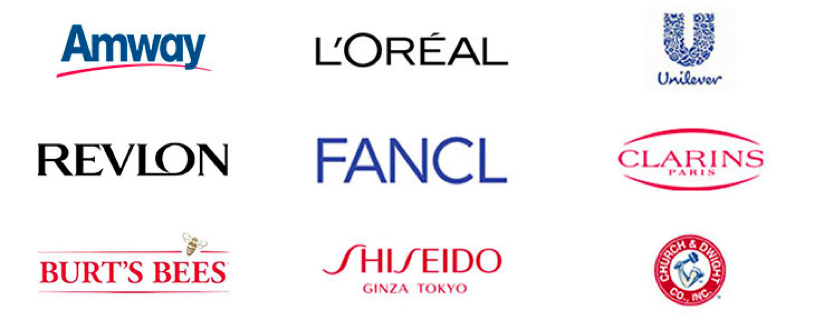How does China regulate cosmetic ingredients?
China mainly adopts 8 lists to regulate the cosmetic ingredients:
1) Inventory of Existing Cosmetic Ingredients in China 2021 (8972 ingredients included);
2) Inventory of Prohibited Ingredients Used in Cosmetics 2021 (1284 ingredients included);
3) Inventory of Prohibited Plant and Animal-Derived Cosmetic Ingredients 2021 (109 ingredients included);
4) List of Restricted Ingredients Used in Cosmetics 2015 (47 ingredients included);
5) List of Permitted Preservatives Used in Cosmetics 2015 (51 ingredients included);
6) List of Permitted Sunscreens Used in Cosmetics 2015 (27 ingredients included);
7) List of Permitted Colorants Used in Cosmetics 2015 (157 ingredients included);
8) List of Permitted Hair Dyes Used in Cosmetics 2015 (75 ingredients included).
 Watch Demo
Watch Demo
 Watch Demo
Watch Demo

